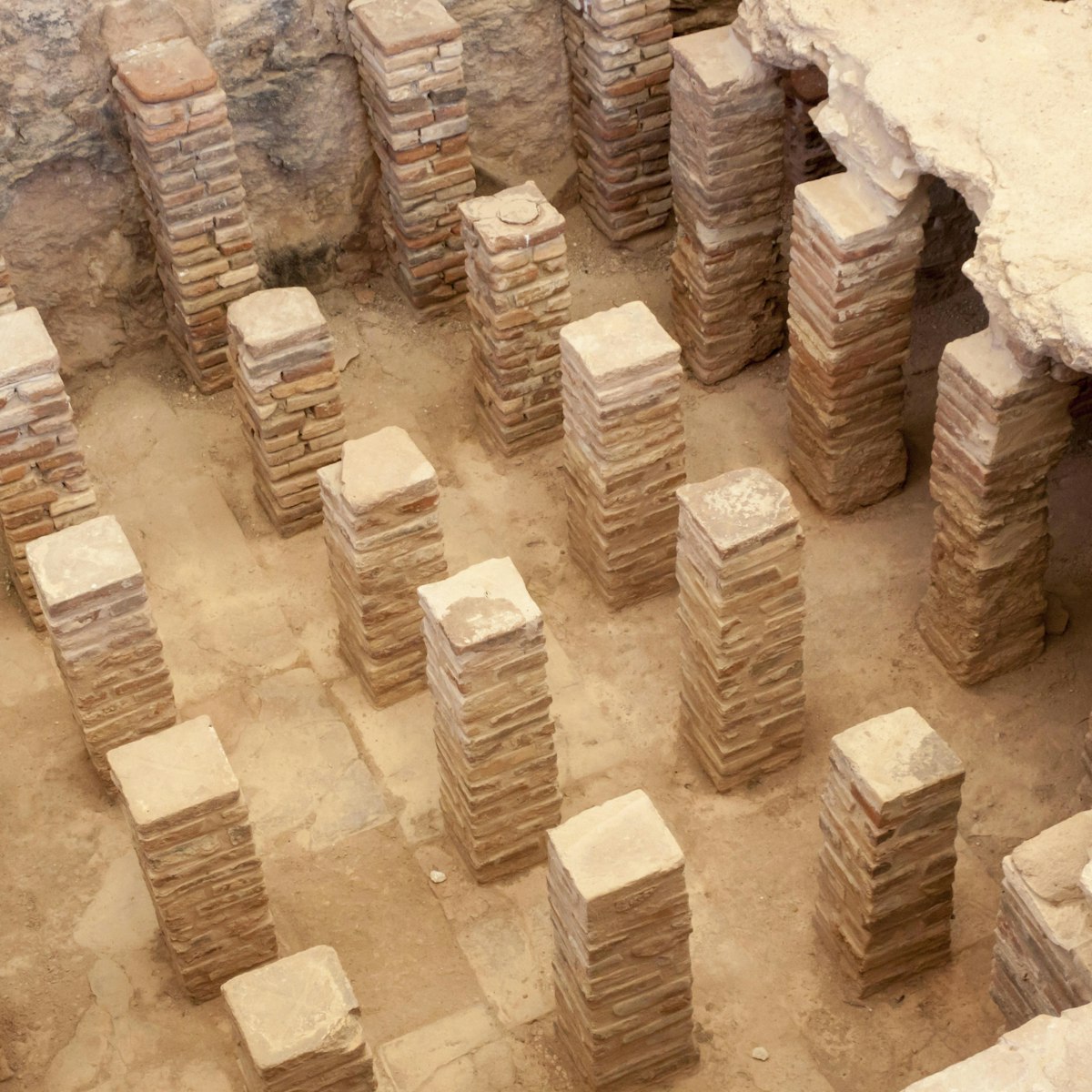The remains at this archaeological site, about 11km east of Lemesos, belie its original importance. Amathous was one of Cyprus’ original four kingdoms, along with Salamis, Pafos and Soloi. Founded about 1100 BC, the city had an unbroken history of settlement until about the 12th century AD. Because much of the stone has long been looted for other building projects, imagining the ancient city layout as it was can be baffling. At the entrance, an excellent explanatory pedestal helps interpret the ruins.
Legend has it that the city was founded by Kinyras, the son of Pafos. It is also said that Kinyras introduced the cult of Aphrodite to Cyprus.
Amathous suffered badly at the hands of corsairs during the 7th and 8th centuries, and by 1191, when Richard the Lionheart appeared on the scene, the city was already on the decline. Since its harbour had silted up, King Richard was obliged to disembark on Amathous' beach to claim the once proud and wealthy city. He promptly applied the royal coup de grâce by destroying it, and Amathous was no more.
An interesting aside is that the world's largest stone vase was discovered during excavations here. It dates back to the 6th century BC, weighs a mighty 12.5 tonnes, is 1.85m high, and now stands on display at the Louvre in Paris.
Occasional free summer concerts are held within the grounds. Look for posters at the site or check with the CTO tourist office in Lemesos.







